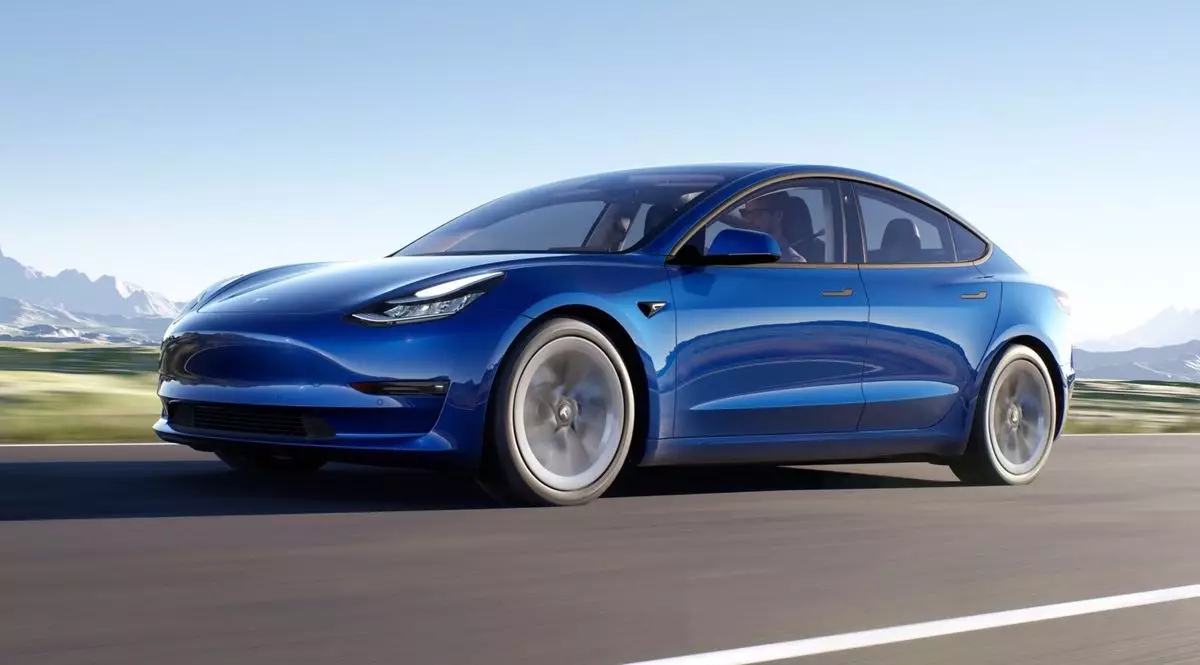For over half a decade, Tesla’s CEO Elon Musk has been a prominent figure in the realm of electric vehicles, tantalizing enthusiasts and investors alike with promises of Full Self Driving (FSD) capabilities. Each year has been marked by declarations that a major breakthrough was just around the corner. However, recent comments made by Musk during a conference call regarding the company’s financial performance have indicated a significant shift in tone. Musk expressed uncertainty about the capabilities of the Hardware 3 (HW3) self-driving computer, suggesting that it may not reach the required safety standards for unsupervised FSD operation. This abrupt pivot raises serious questions about Tesla’s long-standing narrative surrounding autonomous driving.
In order to fully comprehend the situation, it is essential to break down the technical terminology. “HW3” refers to the computer system that has been installed in Tesla models since 2019, integral to the implementation of self-driving features. Meanwhile, “FSD” encompasses capabilities that fall under Level 4 and Level 5 autonomy, where Level 4 allows autonomous operation in specific areas while Level 5 envisions a scenario where vehicles can operate without any human intervention. The implications of Musk’s comments suggest that the much-anticipated FSD functionality may not materialize for HW3-equipped vehicles, a sentiment that runs counter to previous statements made by the CEO.
Despite the cloud of uncertainty surrounding HW3, Musk attempted to reassure Tesla owners by offering a potential upgrade to HW4, which he characterized as significantly superior to its predecessor. With “several times the capability of HW3,” the new self-driving computer introduces a range of enhanced features, including improved camera systems with superior resolution and low-light performance. This significant boost in technology is promising, yet it also raises practical concerns regarding the feasibility of upgrading existing vehicles. Notably, industry insiders have expressed skepticism about whether current Tesla models can accommodate the hardware changes required for HW4, given that different power and camera harnesses may involved.
The prospect of retrofitting existing Tesla models with HW4 components might be more complicated than initially appears. Replaceable parts, like the self-driving computer and camera systems, are not universal across models, and the structural differences between HW3 and HW4 could render the conversion impractical. Observers argue that this might necessitate the design of a custom HW4 variant specifically for retrofitting, which poses financial and engineering challenges for Tesla. Considering the intricacies involved, one wonders if the effort to upgrade is worth the potential pitfalls, especially since it involves dismantling essential hardware currently in use.
As Tesla grapples with these significant hurdles, the question remains whether the company can effectively deliver on its autonomous vehicle vision. While Musk’s optimism about HW4’s capabilities suggests a hopeful outlook, it stands in stark contrast to the previous enthusiasm surrounding HW3. The narrative surrounding Tesla’s self-driving technology now finds itself at a critical juncture, where the allure of cutting-edge innovation mingles uneasily with the reality of technical limitations and the weight of mounting skepticism among industry experts and consumers.
The trajectory of Tesla’s self-driving capabilities is a compelling case study on innovation’s promises versus its realities. Musk’s declarations have, over time, fostered the public’s anticipation for fully autonomous vehicles, but the recent confusion regarding essential hardware raises critical questions about trust and transparency. As Tesla navigates this complex landscape, stakeholders must balance their excitement for the future with the sobering realities of technological development, leaving many to ponder whether FSD will continue to be an elusive dream just beyond their grasp.


Leave a Reply